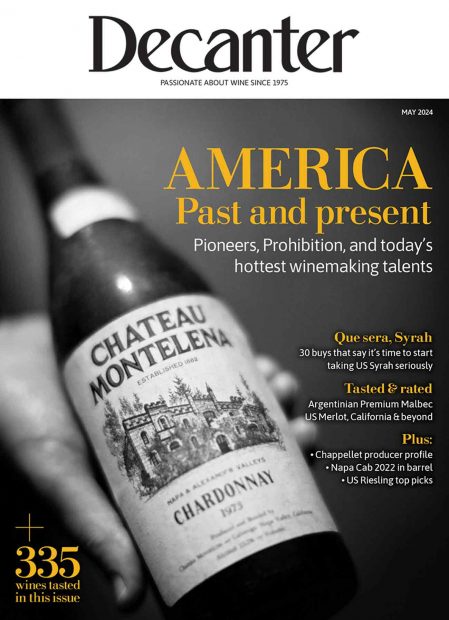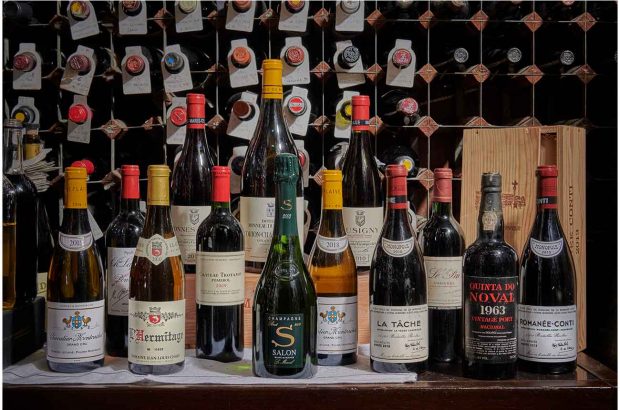Don't write off Lambrusco as sweet, simple wine made on an industrial scale, urges Margaret Rand. Today's best examples are remarkable and well worth seeking out. Here she does just that, on a visit to its home, Emilia-Romagna...
Lambrusco: Time to think again
My mother once sent me a birthday card that read, ‘Before you find your prince, you have to kiss an awful lot of frogs’. Well, Decanter readers, I’ve just been kissing frogs on your behalf. An awful lot of frogs. Happily I did find my prince. And more than just one…
The princes in this story are real, authentic, genuine Lambruscos. The frogs are the other kind: industrially produced on a scale you’d hardly believe. They’re perfectly agreeable wines with good acidity, a nice tannic bite and pretty froth. They can even be good. But they’re not remarkable.
The other kind are remarkable. It was these that lured me to Emilia-Romagna in the first place, with their aromas of wild cherry and wild herbs. There’s something untamed about a genuine Lambrusco – something that brings you back to it again and again. That might be because the production method can be a bit unpredictable. It might also be because the best wines are made with sensible yields.
The yields are colossal: about 140 hectolitres per hectare (the maximum legal yield in basic AC Bordeaux, by contrast, is 55hl/ha).
‘That’s a joke, isn’t it?’ I asked the export manager of a local co-op. ‘Yes,’ he said, seriously. ‘It’s difficult to keep it down to that.’ The vines, irrigated and vigorous and planted on the fertile soil of the plains, rubbing shoulders with pear trees and barley, often produce far more: 200hl/ha or even 230hl/ha.
How Lambrusco is made
These industrial wines are then made fizzy by the Charmat method, with the fermentation being stopped while there’s still enough residual sugar to calm the high acidity and the grippy tannins. The Metodo Classico method (the traditional or Champagne method) may also be used: it gives a sleeker, more polished result, which is both more elegant and less surprising.
What we really want, however, is the Metodo Ancestrale. This is where the surprises are. The wines are fermented in tank to about 10% to 11% potential alcohol, then bottled and left to finish the fermentation in bottle, which gives another percentage or two of alcohol and perhaps eight grams per litre of residual sugar – or more, if the producer stops the fermentation by chilling. The wine may then be riddled and disgorged, or not: some like it cloudy. If you give one of these undisgorged bottles a gentle shake before you pour it you’ll find the wine tastes quite different – more weight but less fruit – than if you let the lees settle and pour it clear.
Vittorio Graziano says that for a long time he was the only one left making Lambrusco this way. Now a handful of others have joined him, and some of the bigger companies have also started producing one or two Metodo Ancestrale wines – though theirs will still be made from yields much higher than Graziano’s 46hl/ha.
This is not to decry good Charmat-method wines; some are very good, and I’m honestly not sure whether I’d be able to tell the difference blind. The truth is that there are degrees of authenticity in Lambrusco, and in the absence of any indication on the label to guide you to the best wines, I’m starting at the artisanal extreme and working back. But not too far back, hence the small number of recommendations.
Next big thing
According to Graziano, during the late 1960s and 1970s, the rot set in. Until then the normal density of planting was high: up to 10,000 vines per hectare. Now it can be 3,000 or 2,000 or less than 1,000. Now, I’d guess, Lambrusco is on the cusp. A small movement towards authentic wines will become a bigger movement, and 10 years from now there will be a separate growers’ organisation, perhaps a special bottle, and it will have a cult following. And be more expensive.
The grape of the hills is Lambrusco Grasparossa. Its wine is black-red in colour with magenta froth and a tannic bite. Lambrusco Sorbara, the grape of the plains, is bright strawberry in colour and flavour: less assertive, though still with that powerful Lambrusco acidity. There are various other Lambrusco grapes – nine in all – including Lambruscos Salamino, Maestri and Marani. There are also no fewer than five different DOCs: Sorbara, Grasparossa di Castelvetro, Salamino di Santa Croce, Modena Rosato and Modena Rosso.
Which brings us to the serious matter of drinking it. It’s good on its own – particularly Lambrusco Sorbara as an aperitif or with a first course. Put the darker Grasparossa wines with the main course: with food, good Lambrusco sings. Secco wines have up to 15g/l residual sugar, but good ones will taste dry: that acidity needs to be balanced. Semi-secco wines have obvious sweetness, and amabile ones are definitely sweet. Personally, I go for secco. But I don’t have a sweet tooth in princes, either.
See Margaret’s top six must-buy Lambruscos





